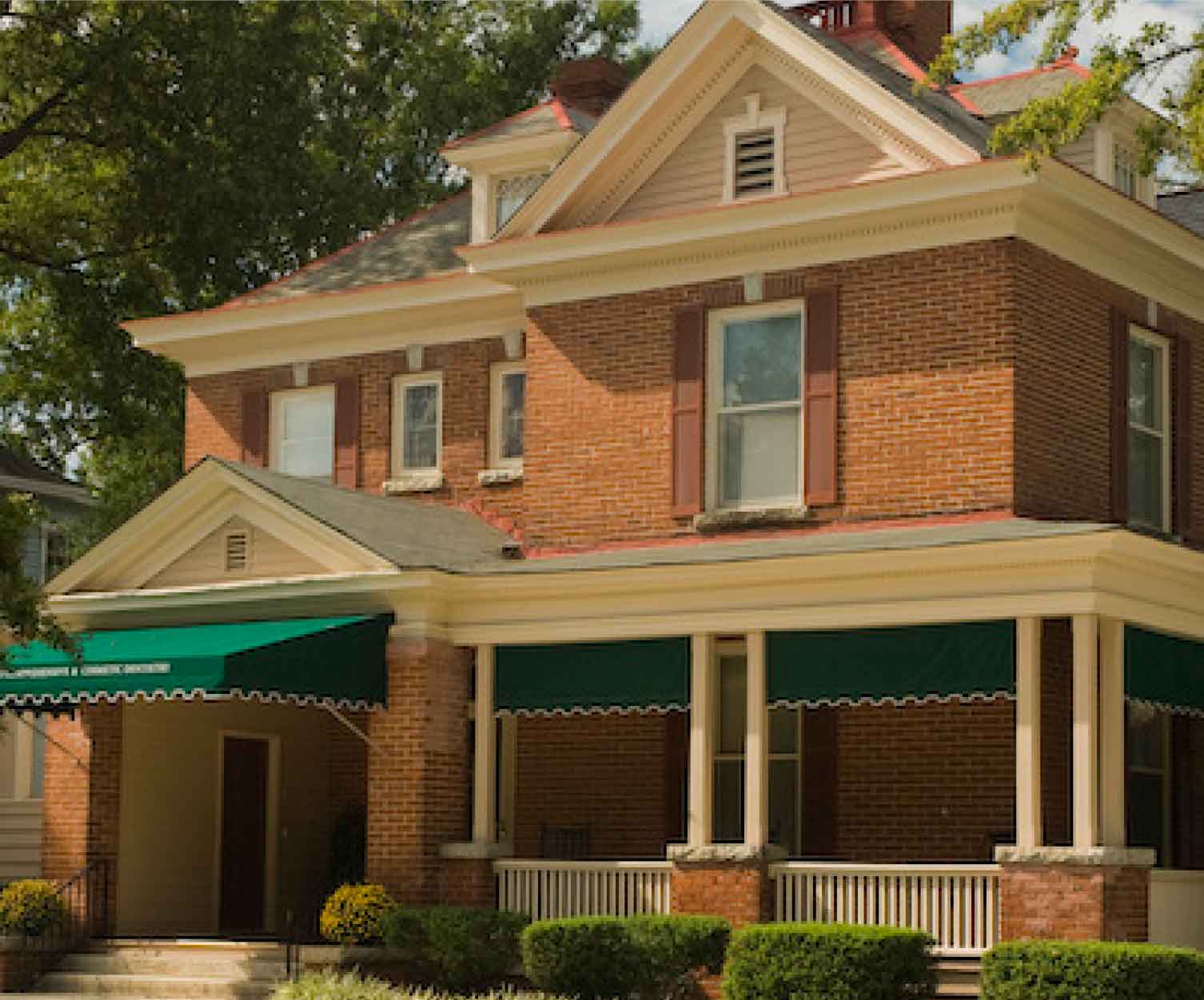Wisdom Teeth Removal and Pericoronitis
When someone enters their late teens or early twenties, their wisdom teeth usually begin emerging. At this point, regular dental practice is to remove the wisdom teeth since up to 90% of the population doesn’t have room for them in their mouth. A commonly asked question is “why do we have wisdom teeth if there’s no room for them in our mouths?” The answer has to do with evolution and diet. Thousands of years ago, man was required to eat much more highly abrasive food and needed the extra teeth to chew. With the development of stone tools to process food, and people also beginning to cook their food, less chewing was needed and eventually human jaws shrank from the lack of use. However, the number of teeth remained the same, and today we usually need to remove wisdom teeth to fit our modern-day jaws.
A problem that can arise with wisdom teeth is that they don’t always come in properly. The lower wisdom teeth in particular can sometimes only come in partially. This leaves the rest of the tooth under a flap of gum. When this happens, bacteria and pieces of food can get trapped under this flap, causing the gum to swell and become irritated. This infection is called pericoronitis.
Symptoms of pericoronitis can include pain in the area around your teeth, a bad taste in the mouth or bad breath, swelling of the gums around your back teeth, and a difficulty in opening your mouth all the way. If the pericoronitis is severe, the swelling and infection may extend past the jaw all the way to the cheeks and neck.
The pain of pericoronitis can be somewhat alleviated by swishing warm salt water around the mouth, but people experiencing these symptoms should see their dentist. The dentist can clean the area to remove damaged tissue or pus, and also prescribe antibiotics for the pain. If the pain and swelling are severe, oral surgery may be necessary to remove the flap of gum or wisdom tooth.
For more information on comprehensive and cosmetic dentistry, contact Dr. Robert Williamson today!



